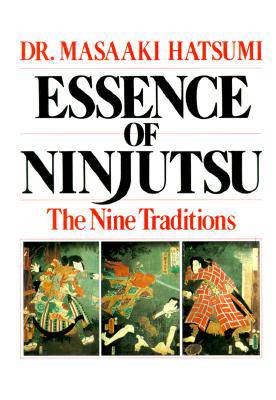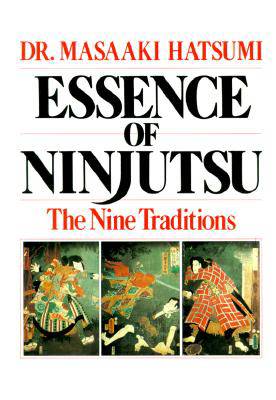
- Retrait gratuit dans votre magasin Club
- 7.000.000 titres dans notre catalogue
- Payer en toute sécurité
- Toujours un magasin près de chez vous
- Retrait gratuit dans votre magasin Club
- 7.000.0000 titres dans notre catalogue
- Payer en toute sécurité
- Toujours un magasin près de chez vous
Description
Looking back almost 1,000 years, the mists of Japan's chaotic past shroud the development of a way of life, an ancient struggle waged against fierce feudal lords who ruled the island nation with swords of steel and a code of death before dishonor. The people of the mountainous regions of what is now Iga prefecture wanted to live in peace, but their lords had other plans-so the people learned the martial arts of self-defense and used their meager farm tools as weapons against the samurai blades of their oppressors. Nine traditions of the ninja arts grew out of this seemingly endless struggle, and legends were told of the supernatural abilities of the ninja fighters. The ninja never gained the kind of power that topples tyrants, but they gained a reputation that made tyrants cautious. And they gained the kind of power that makes the spirit endure and the mind the master of its fate. Told in actual stories of past grandmasters and in dojo lectures on techniques-with photographs, drawings, and paintings-the last surviving grandmaster of the ancient art of ninjutsu, Dr. Masaaki Hatsumi, presents Essence of Ninjutsu: The Nine Traditions. In it, he explains why, after more than 900 years, the art of the shadow warriors continues to inspire and serve practitioners from around the world. Dr. Hatsumi's book contains historic ninja scrolls and describes techniques for self-defense, and it debunks tricks that are attributed to the ninja but actually derive more from the circus than the martial arts. Essence of Ninjutsu is a fascinating, authoritative look at the roots of ninjutsu and how it continues to enrich the lives of its practitioners today. Dr. Masaaki Hatsumi is a bone doctor, artist, and writer, as well as the 34th grandmaster of the nine schools of the ninja arts in Japan. He has toured the United States in recent years to help Americans better understand the ninja and their way of life. His articles have appeared in all of the major martial arts magazines.
Spécifications
Parties prenantes
- Auteur(s) :
- Editeur:
Contenu
- Nombre de pages :
- 192
- Langue:
- Anglais
Caractéristiques
- EAN:
- 9780809247240
- Date de parution :
- 22-04-88
- Format:
- Livre broché
- Format numérique:
- Trade paperback (VS)
- Dimensions :
- 178 mm x 253 mm
- Poids :
- 408 g

Les avis
Nous publions uniquement les avis qui respectent les conditions requises. Consultez nos conditions pour les avis.






